In the first example, you've used this code:
a,b=b,a+b
While in the second, you've done this instead:
a = b
b = a+b
These are not the same thing.
For the sake of argument, let's say that a = 3 and b = 6. Let's run the working code first:
>>> a, b = 10, a + 1
>>> a
10
>>> b
4
The value of a + 1 is 4 rather than 11, because b's assignment is using the old value of a, so 3 + 1 == 4.
Now let's put a and b back to their starting values. Let's try the other method of assigning:
>>> a = 10
>>> b = a + 1
>>> a
10
>>> b
11
Now b is 11! That's because a was assigned before the assignment of b, so the addition uses a's new value.
The reason your second version isn't working is because the assignments don't happen simultaneously, so b is actually 2 * b because a has already been set to b by the time a+b is executed.
